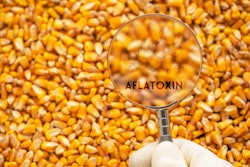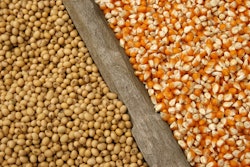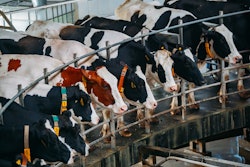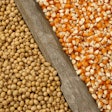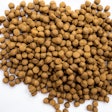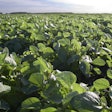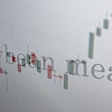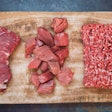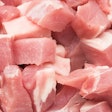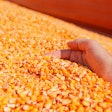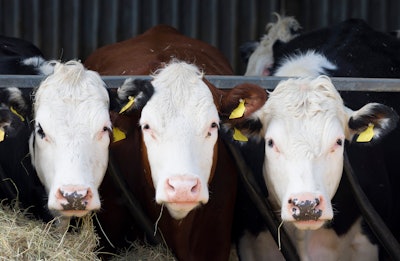
New data from the U.S. Department of Agriculture (USDA) Agricultural Marketing Service is beginning to shed light on the impact of beef and dairy crossbred cattle on the beef supply chain. While limited in scope, the data collected to date suggests the growing number of beef-on-dairy animals is contributing to higher cattle prices for producers and delivering added value to feedlots and processors.
The practice of using beef genetics in dairy reproductive programs, commonly referred to as “beef on dairy” within the industry, has steadily increased as the U.S. beef cow herd has contracted. Historically, cattle market analysts had limited pricing data to quantify the impact of beef-on-dairy on the cattle market. That changed in March 2024 when USDA began tracking beef-on-dairy animals sold at public auctions.
According to an analysis outlined in a new CoBank Knowledge Exchange report, the slaughter auction prices for beef-on-dairy cattle were slightly higher than for beef cattle and significantly higher than for dairy cattle. The weight of beef-on-dairy animals fell between the ends of the beef and dairy cattle spectrum.
“The data also showed that beef-on-dairy cattle maintained the largest proportion of their value from feeder price to slaughter cattle auction price on a per hundredweight basis,” said Abbi Prins, livestock analyst with CoBank. “That’s an important financial metric for feedlots. We’ll have to see if these patterns hold over time as additional data becomes available. But preliminarily, it reaffirms the value proposition beef-on-dairy brings to the wider beef sector.”
The U.S. beef cow herd is at historically low levels due to prolonged drought and poor grazing conditions. Tight supplies amid robust consumer demand for beef have pushed cattle prices to record highs. Dairy producers are capitalizing on the opportunity to capture higher prices and an additional revenue stream by producing more beef-on-dairy calves for sale into the beef market.
While beef-on-dairy breeding is not a new phenomenon, additional opportunities to track and analyze these animals using performance metrics throughout their life will enhance efficiencies and profitability in the cattle sector, Prins added.


